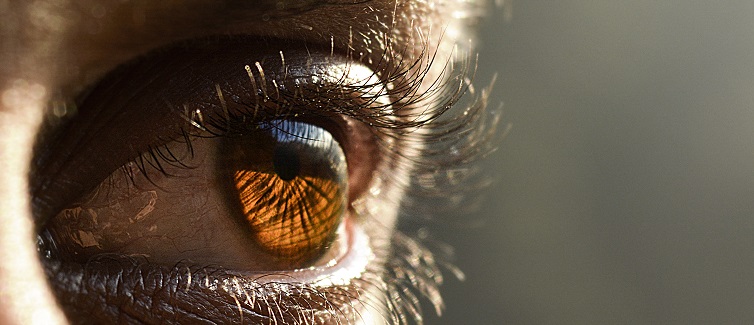What Causes Eye Twitching? About Ocular Myokymia
Have you ever felt your eyelid contracting without reason? This twitching is called myokymia (my-o-KIM-e-uh) . Read on to find out the causes, treatments, and dangerous myokymia.
Never Miss a Beat!
Subscribe to Our HealthBeat Newsletter!
Thank you for subscribing!
You can now select the specific newsletters you'd like to receive.
You are already subscribed.
Subscribe to more newsletters in our email preference center.
Sorry, an error occurred. Please try again later.
Get Healthy Tips Sent to Your Phone!
What is Ocular Myokymia?
Ocular myokymia, more commonly known as eyelid twitching, is characterized by contractions or twitching of the eyelids.
According to the North American Neuro-Ophthalmology Society, eyelid twitching involves jumping of the eyelids. It can last anywhere from a few seconds to a few days, while in rare cases, people can experience it for weeks and months at a time.
According to John Swogger, DO, an ophthalmologist at the UPMC Vision Institute, an episode of myokymia may feel as if the eyeball is twitching or shaking. The experience also may feel like fluttering from above and below the eye itself; however, it is rarely associated with movement of the eyeball. The condition can happen at any age and usually only in one eye at a time, though both eyes can become involved. It usually affects the lower eyelid, but both can be affected.
What Are the Causes of Eyelid Twitching?
Oftentimes eyelid twitching occurs for benign reasons and will pass with some time. There are many triggers of eyelid twitching, including:
• Lack of sleep.
• Increased stress.
• Increased intake of caffeine or other stimulants.
• Dry eyes.
• Medication.
• Alcohol.
• Allergies.
• A combination of these factors.
RELATED: Infographic: 6 Common Sleep Disorders
Eyelid Twitch Causes for Concern
According to the North American Neuro-Ophthalmology Society, eyelid twitching is not typically associated with other neurological conditions.
In rare cases, however, they could be a cause for concern. Some more serious conditions include eye twitching as a symptom, including:
- Hemifacial spasm
- Bell’s palsy
- Parkinson’s disease
- Multiple sclerosis
- Dystonia
- Tourette’s disorder
- Blepharospasm
What is blepharospasm?
Blepharospasm (BLEFF-a-ro-spaz-um) may start out as an increase in blinking of both eyes and mat progress into the eyelids being squeezed shut. While this condition is very rare, it can be quite severe and impact all aspects of life.
A similar condition called hemifacial spasm, which is the twitching of the muscles on the side of the face, can also affect the eyelids. Call your doctor if you are experiencing blepharospasm or hemifacial spasm.
What Are the Treatments for Eye Twitching?
Eyelid twitching can usually be resolved by making lifestyle changes. Those include:
• Reducing stress – Managing stress can allow the entire body to relax and relieve twitching symptoms.
• Getting more sleep – Extra rest is always a good option to help the body heal.
• Using eye drops — Keeping your eyeballs lubricated is essential to good eye health.
• Reducing the intake of stimulants, such as caffeine – Stimulants can reduce the body’s hydration and may cause jitters.
For severe cases, treatments include oral medications, injections such as Botox, and surgery.
When Should You See a Doctor?
You should consult a doctor if:
• The eyelid and/or eyeball twitching persists longer than a few months.
• Other symptoms, such as double vision, weakness of eyelid closure and/or numbness, or tingling, are present.
• Muscles of the sides of the face twitch, causing the eyelids to twitch.
• Eyelids blink uncontrollably.
• Eyelids shut involuntarily.
Although these symptoms are rare, you should consult your doctor immediately if they appear.
To learn more about eye twitching or to schedule an appointment, visit the UPMC Vision Institute or call 412-647-2200.
Editor's Note: This article was originally published on , and was last reviewed on .
Sources
About UPMC Vision Institute
The UPMC Vision Institute is a national leader in the treatment of eye diseases and disorders. We seek to improve and restore your vision to help your quality of life, diagnosing and treating a wide range of conditions in both children and adults. Our treatments include both surgical and nonsurgical options. We also offer routine eye screenings and have full-scale optical shops. Find an eye expert close to you.
